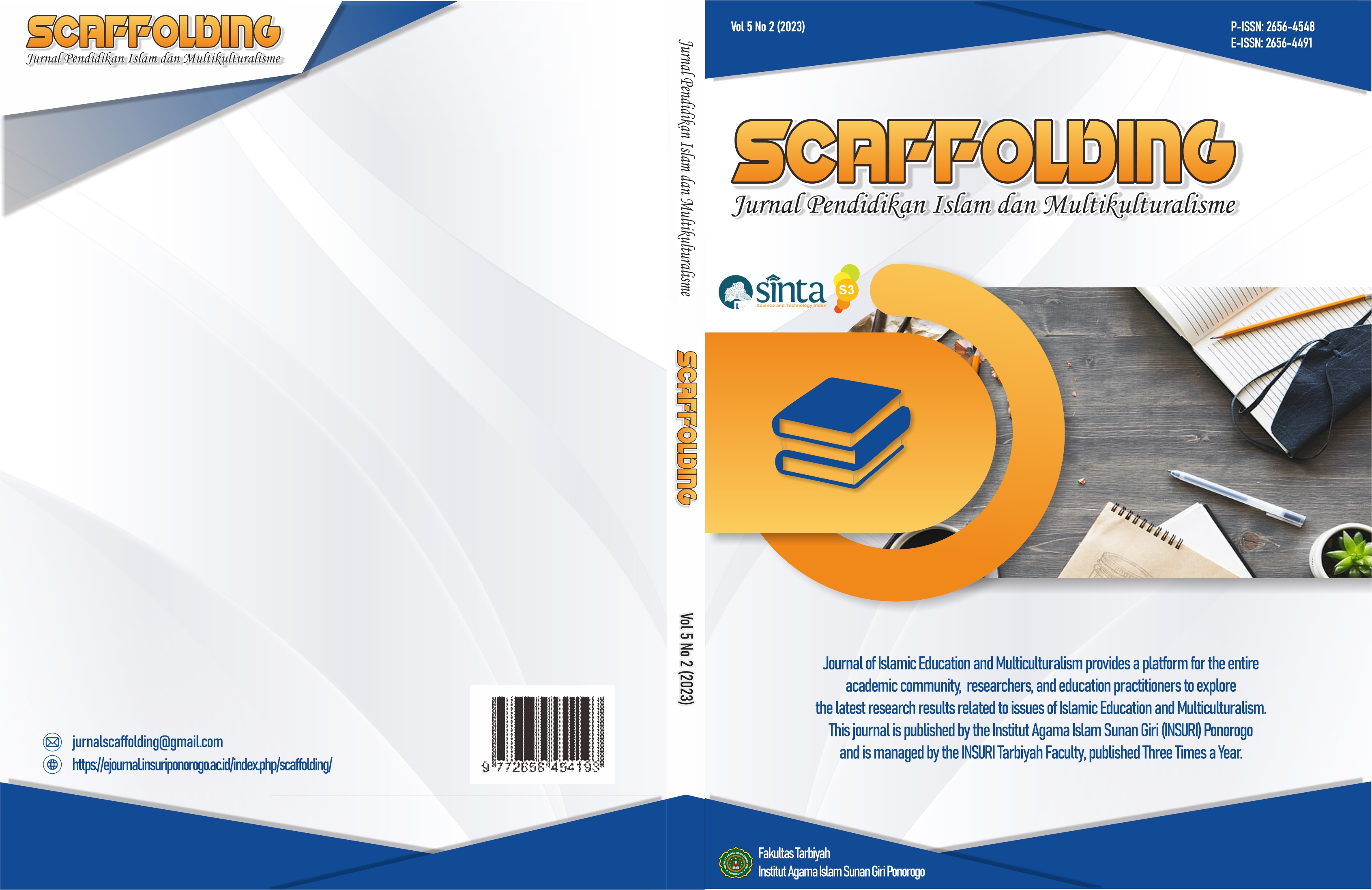Development of Capcut Application in Natural and Social Science Learning for Elementary School
DOI:
https://doi.org/10.37680/scaffolding.v5i2.2870Keywords:
Capcut Application, Natural and Social Sciences, Elementary School, SDN Kedaleman IIIAbstract
This development aims to create learning media using the CapCut application for Natural and Social Sciences subjects. The research method used is Research and Development (R&D), which refers to the 4D development model. There are four stages of development: define, design, develop, and disseminate. Data collection was carried out using a questionnaire and a test. Questionnaires were given to the subject and media experts to test the feasibility of learning media products based on the CapCut application. While the primary data source comes from class IV Science textbooks at SDN Kedaleman III and secondary data sources come from class IV students at SDN Kedaleman III. The population in this study were all fourth-grade students at SDN Kedaleman III, totaling 32 students. The sampling technique used a saturated sample; the entire population became the research sample because of the small population. Hence, the sample in this study was students of class IV at SDN Kedaleman III, totaling 32 students. This study used data analysis techniques t-test, namely paired sample t-test. The study results show that the CapCut application-based learning media is very suitable for science learning because it gets high marks from subject and media experts. The material expert's assessment was 89%, and the media expert's assessment was 93% which was classified as very feasible. And the t-test shows that there is a significant difference between the student's pre-test and post-test. Therefore it can be concluded that the CapCut application-based learning media is effectively used in science learning.
Downloads
Published
How to Cite
Issue
Section
License
Authors who publish with this journal agree to the following terms:
Authors retain copyright and grant the journal right of first publication with the work simultaneously licensed under a Creative Commons Attribution-NonCommercial 4.0 International License that allows others to share the work with an acknowledgement of the work's authorship and initial publication in this journal.
Authors are able to enter into separate, additional contractual arrangements for the non-exclusive distribution of the journal's published version of the work (e.g., post it to an institutional repository or publish it in a book), with an acknowledgement of its initial publication in this journal.
Authors are permitted and encouraged to post their work online (e.g., in institutional repositories or on their website) prior to and during the submission process, as it can lead to productive exchanges, as well as earlier and greater citation of published work.



